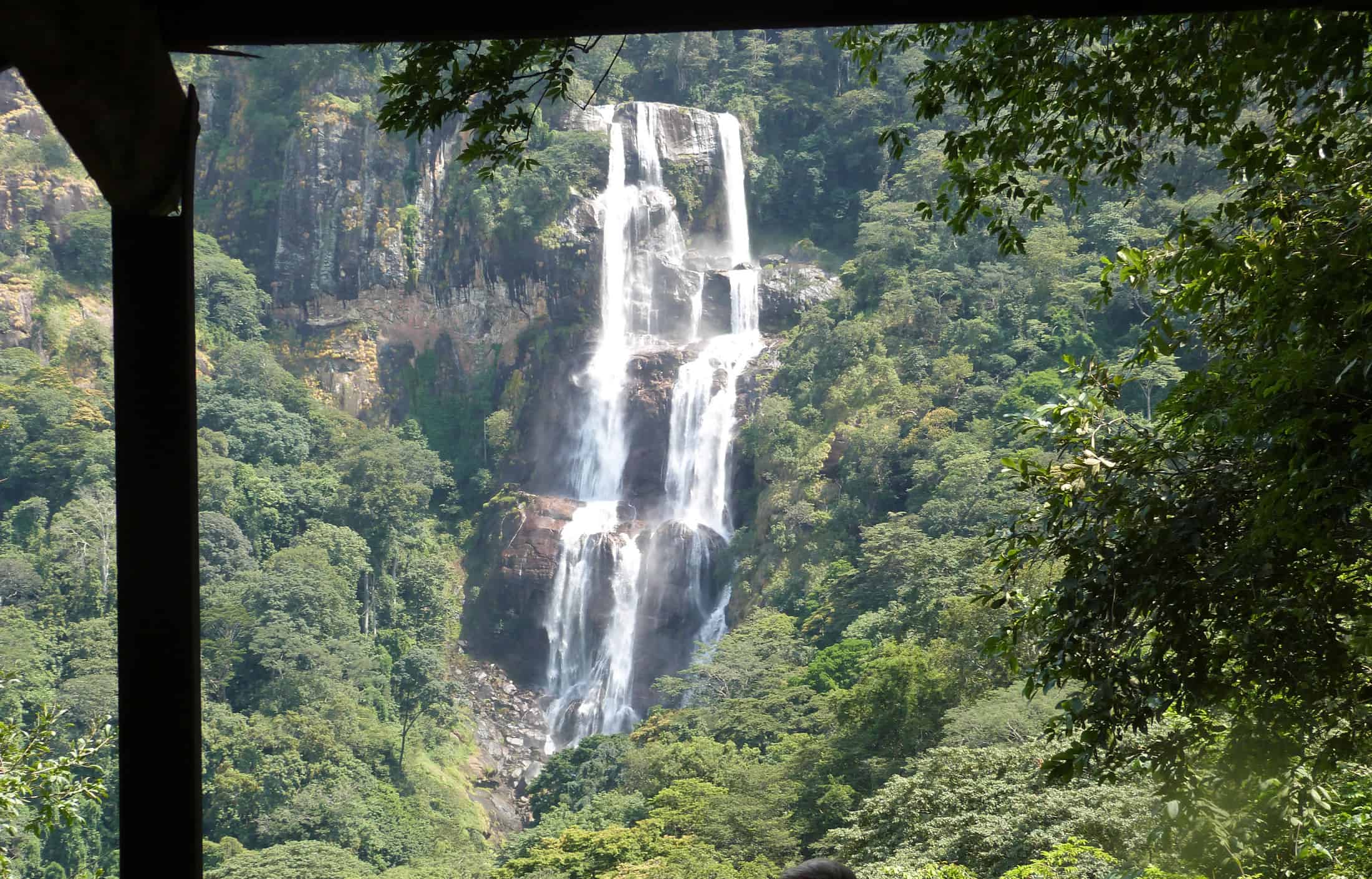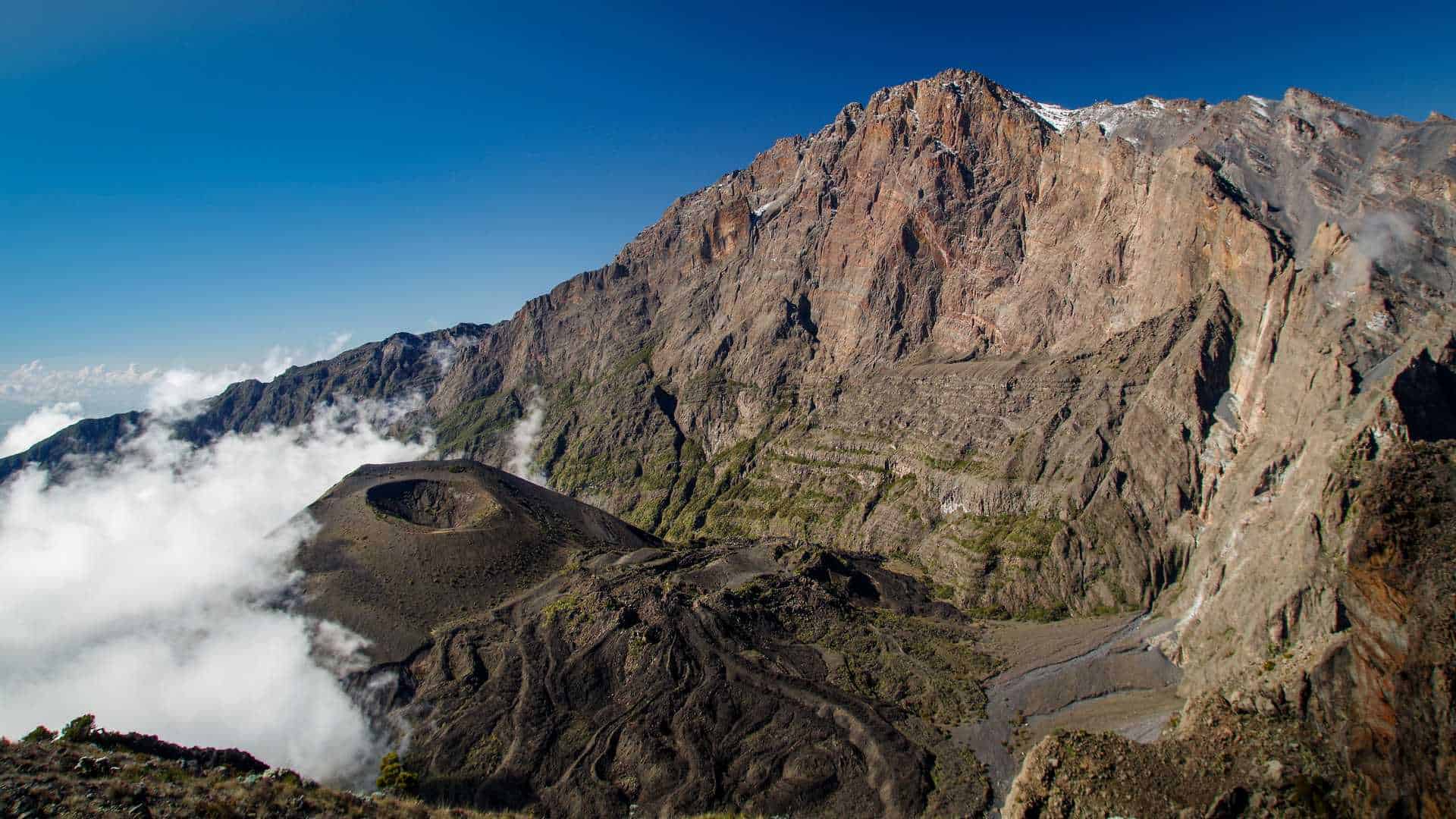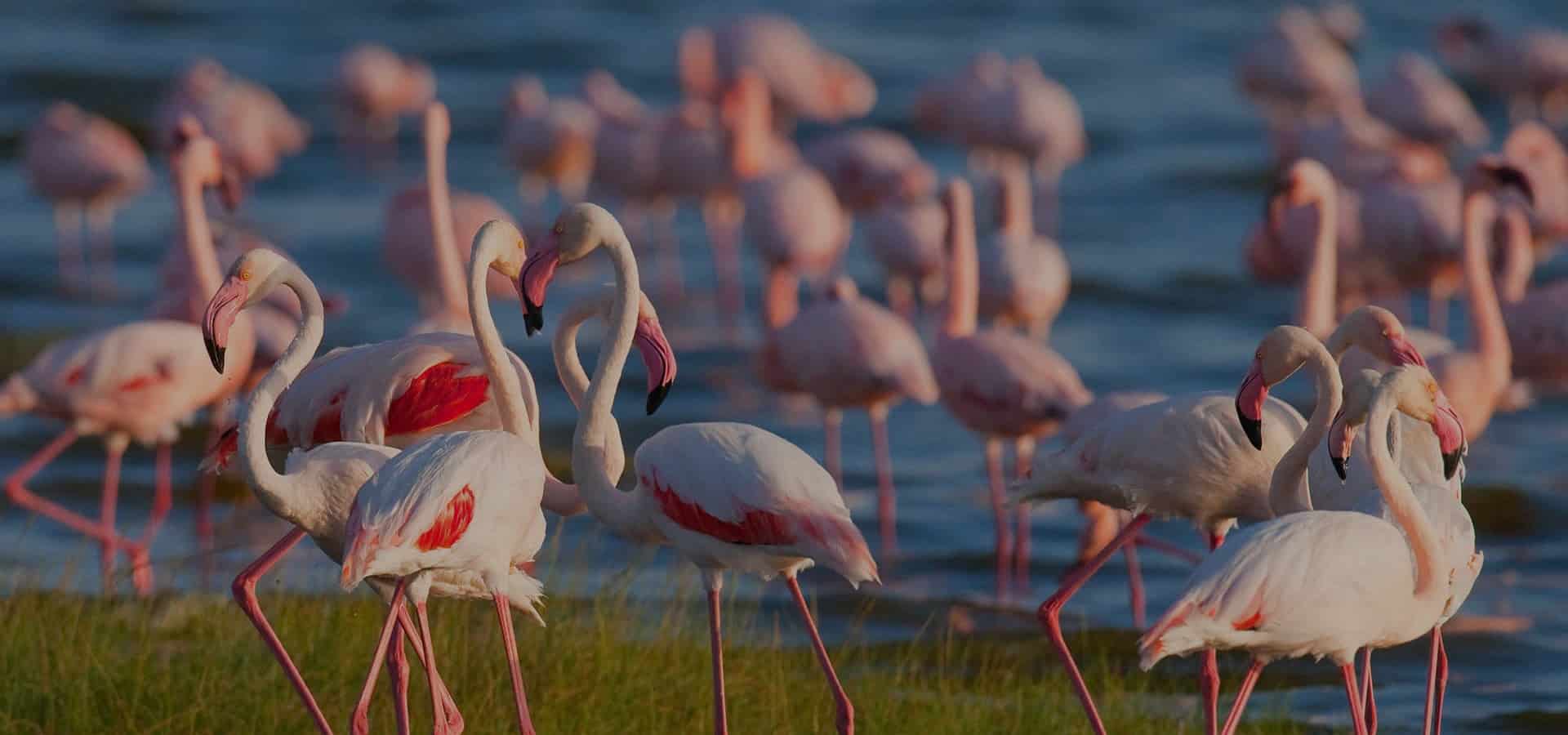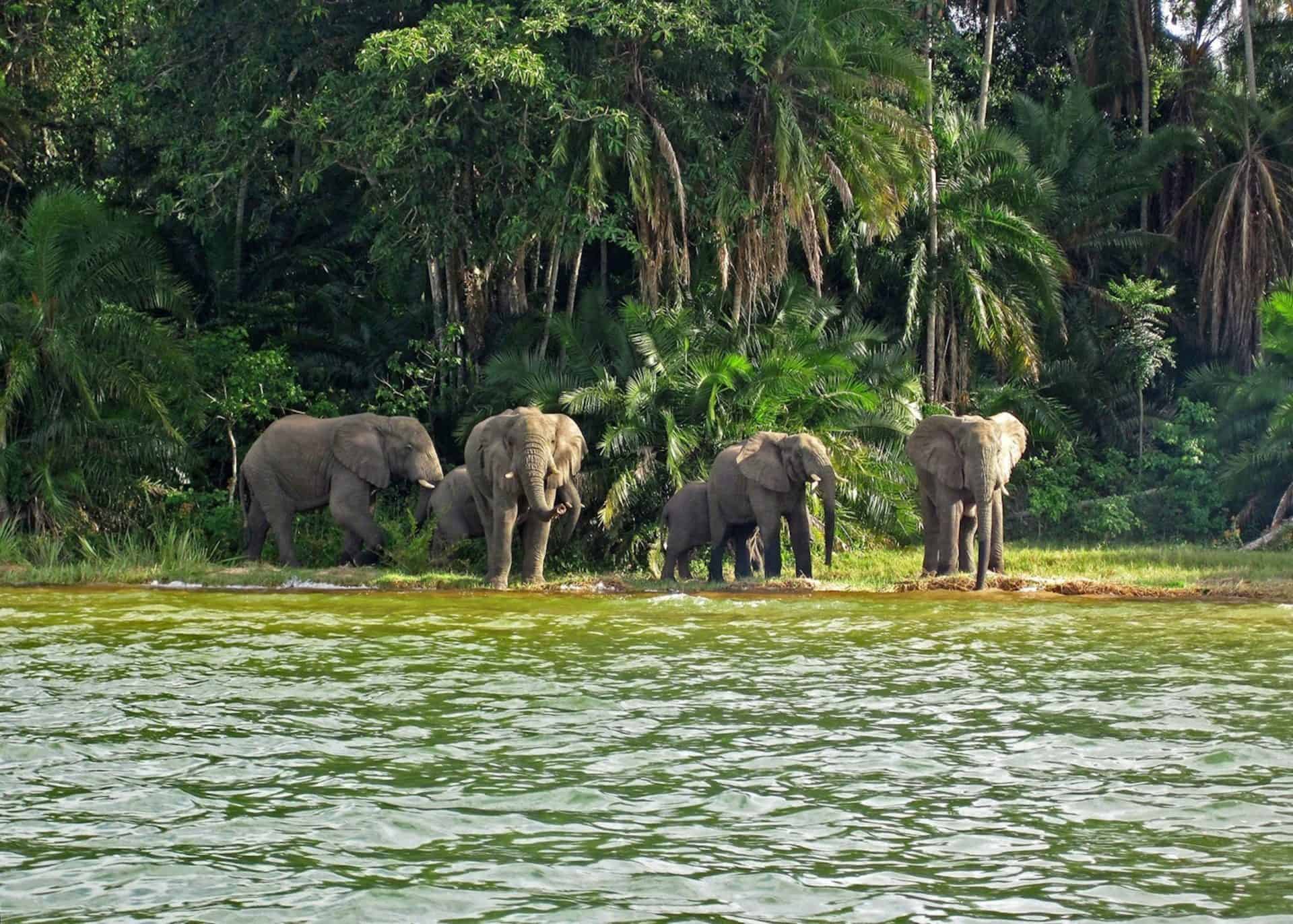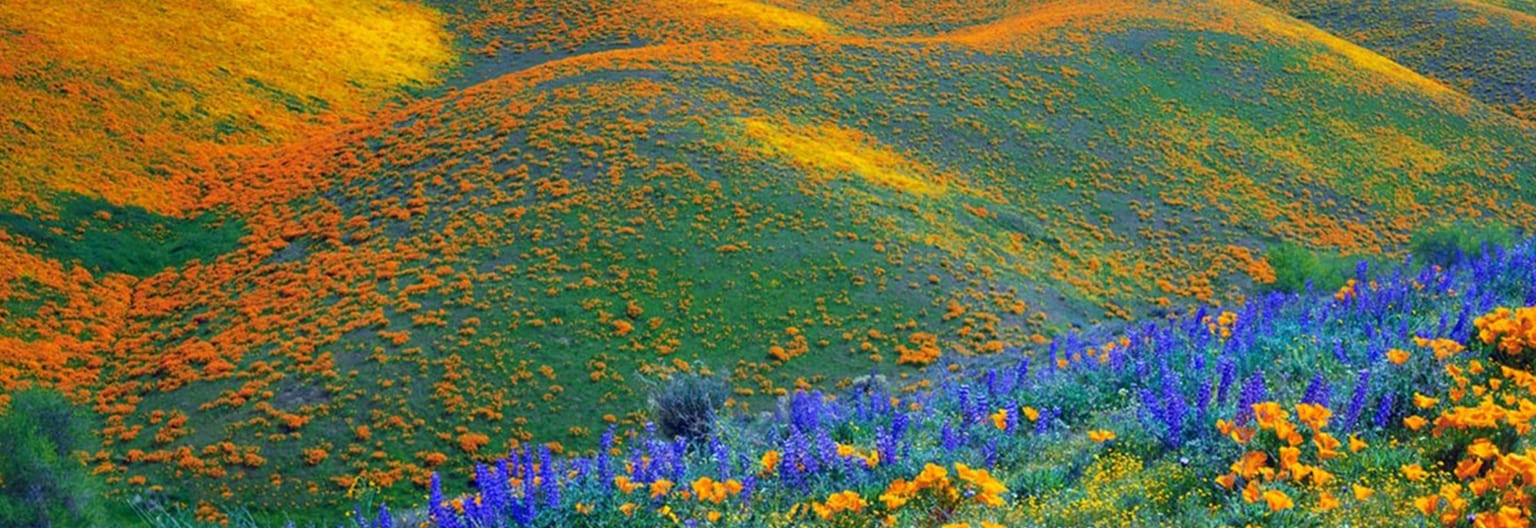Tarangire National Park
- Home
- Tarangire National Park
Tarangire National Park boasts some of the highest elephant population density in Tanzania, and its sparse vegetation, scattered with baobab and acacia trees, makes it a lovely and different place to visit.
Tarangire is a popular stop for visitors traveling through the northern safari circuit on their route to Ngorongoro and the Serengeti. It is only a few hours drive from Arusha. The park is divided into two game-controlled zones, with wildlife roaming freely throughout.
Thousands of gazelles, wildebeests, zebras, and giraffes flock to Tarangire National Park’s scrub plains before the rains, where the remaining grazing ground remains. Tarangire offers unrivaled game watching, with elephants aplenty during the dry season. For their midday meal, pachyderm families frolic around the ancient trunks of baobab trees and scrape acacia bark from thorn trees. A stopover in Tarangire is a wonderful experience, with breathtaking views of the Maasai Steppe and the mountains in the south.
While migratory wildebeest, zebra, buffalo, impala, gazelle, hartebeest, and eland swarm the dwindling lagoons, herds of up to 300 elephants scratch the parched river bed for subsurface streams. It’s the only site in Tanzania where dry-country antelope like the stately fringe-eared oryx and odd long-necked gerenuk are regularly sighted, and it’s the largest concentration of species outside the Serengeti habitat — a buffet for predators.
During the rainy season, the seasonal visitors disperse throughout a 20,000-square-kilometer (12,500-square-mile) area until the lush plains are exhausted and the river beckons once more. Tarangire’s elephant herds, on the other hand, are easy to spot, wet or dry. The marshes, which remain tinged green all year, are home to 550 different bird species, making them the world’s most breeding species in one area.
The Kori bustard, the world’s heaviest flying bird, the stocking-thighed ostrich, the world’s largest bird, and small groups of ground hornbills blustering like turkeys can all be found on dry terrain.
Screeching flocks of the dazzlingly colorful yellow-collared lovebird, the somewhat drabber rufous-tailed weaver, and the ashy starling – all peculiar to the arid savannah of north-central Tanzania – may be seen by more devoted bird-lovers.
Dwarf mongoose colonies and pairs of red-and-yellow barbets haunt abandoned termite mounds, which call attention to themselves with their loud, clockwork-like duetting.
Tarangire’s pythons, like its lions and leopards, climb trees, reclining in the branches where the sausage tree’s fruit hides the twitch of a tail.

